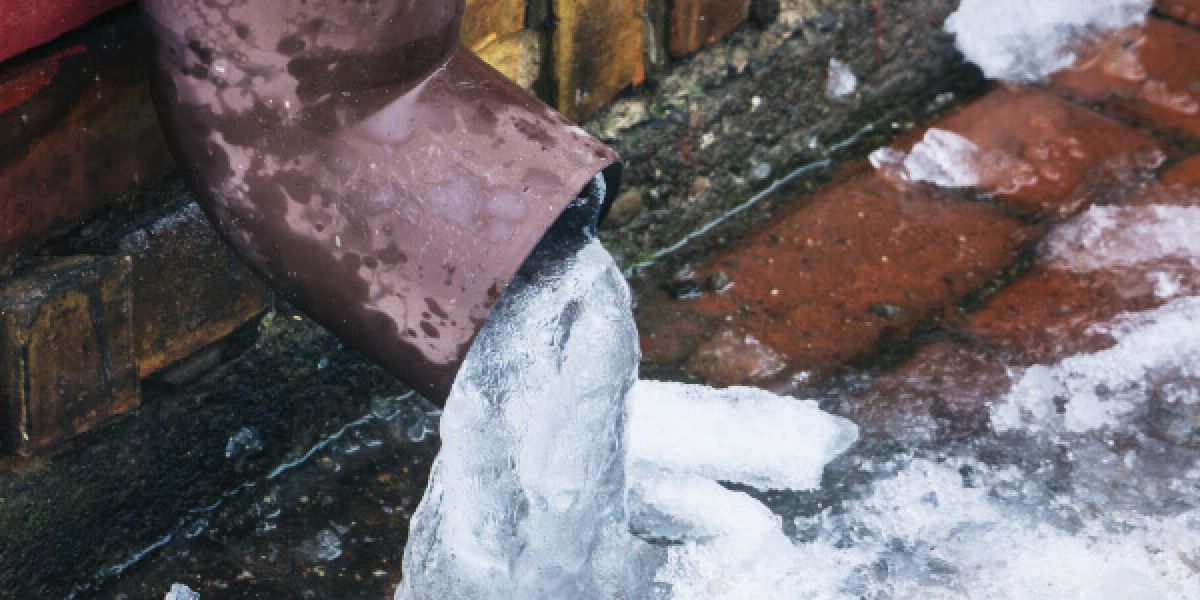Protecting Pipes from Cold Weather: Top Tips
Protecting Pipes from Cold Weather: Top Tips
Blog Article
Everyone has their own unique assumption involving Prevent Frozen Pipes .

Winter can ruin your pipes, especially by freezing pipes. Below's how to stop it from happening and what to do if it does.
Intro
As temperatures decrease, the danger of icy pipes increases, potentially resulting in pricey fixings and water damage. Comprehending exactly how to stop frozen pipes is crucial for property owners in cold environments.
Avoidance Tips
Shielding susceptible pipelines
Wrap pipelines in insulation sleeves or use warmth tape to secure them from freezing temperatures. Focus on pipes in unheated or outside areas of the home.
Home heating methods
Maintain indoor rooms adequately warmed, especially locations with plumbing. Open cabinet doors to enable warm air to flow around pipelines under sinks.
Just how to identify icy pipelines
Search for decreased water circulation from taps, unusual smells or sounds from pipelines, and visible frost on exposed pipelines.
Long-Term Solutions
Structural adjustments
Consider rerouting pipes far from outside walls or unheated locations. Include added insulation to attics, cellars, and crawl spaces.
Upgrading insulation
Buy top notch insulation for pipes, attic rooms, and walls. Proper insulation assists keep consistent temperatures and minimizes the danger of frozen pipelines.
Securing Exterior Pipes
Garden hose pipes and outdoor faucets
Disconnect and drain garden tubes prior to wintertime. Install frost-proof spigots or cover outside faucets with insulated caps.
Comprehending Frozen Pipes
What causes pipelines to freeze?
Pipelines ice up when exposed to temperatures below 32 ° F (0 ° C) for prolonged periods. As water inside the pipes freezes, it increases, taxing the pipe walls and possibly triggering them to break.
Risks and problems
Frozen pipes can result in water interruptions, home damages, and costly fixings. Burst pipes can flooding homes and create considerable structural damages.
Signs of Frozen Piping
Determining icy pipes early can avoid them from rupturing.
What to Do If Your Pipelines Freeze
Immediate activities to take
If you believe frozen pipes, maintain faucets open to alleviate stress as the ice melts. Make use of a hairdryer or towels taken in warm water to thaw pipes slowly.
Verdict
Stopping frozen pipelines needs positive steps and fast feedbacks. By understanding the reasons, indications, and preventive measures, homeowners can safeguard their plumbing during cold weather.
5 Ways to Prevent Frozen Pipes
Drain Outdoor Faucets and Disconnect Hoses
First, close the shut-off valve that controls the flow of water in the pipe to your outdoor faucet. Then, head outside to disconnect and drain your hose and open the outdoor faucet to allow the water to completely drain out of the line. Turn off the faucet when done. Finally, head back to the shut-off valve and drain the remaining water inside the pipe into a bucket or container. Additionally, if you have a home irrigation system, you should consider hiring an expert to clear the system of water each year.
Insulate Pipes
One of the best and most cost-effective methods for preventing frozen water pipes is to wrap your pipes with insulation. This is especially important for areas in your home that aren’t exposed to heat, such as an attic. We suggest using foam sleeves, which can typically be found at your local hardware store.
Keep Heat Running at 65
Your pipes are located inside your walls, and the temperature there is much colder than the rest of the house. To prevent your pipes from freezing, The Insurance Information Institute suggests that you keep your home heated to at least 65 degrees, even when traveling. You may want to invest in smart devices that can keep an eye on the temperature in your home while you’re away.
Leave Water Dripping
Moving water — even a small trickle — can prevent ice from forming inside your pipes. When freezing temps are imminent, start a drip of water from all faucets that serve exposed pipes. Leaving a few faucets running will also help relieve pressure inside the pipes and help prevent a rupture if the water inside freezes.
Open Cupboard Doors
Warm your kitchen and bathroom pipes by opening cupboards and vanities. You should also leave your interior doors ajar to help warm air circulate evenly throughout your home.

I discovered that article on Winter Plumbing Precautions: Preventing Frozen Pipes when doing a lookup on the internet. Enjoyed our posting? Please share it. Help somebody else find it. Thanks for your time. Kindly come by our blog back soon.
Schedule Here Report this page